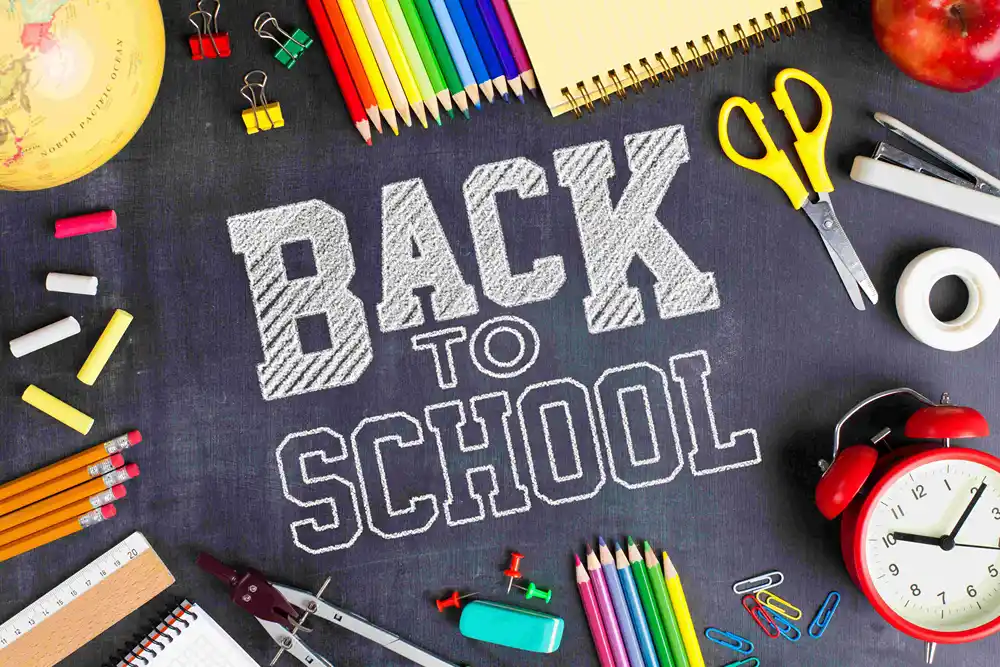How To Use Coupon Codes for Back-to-School Shopping
Shopping at any one time can be an expensive affair. But when it’s time for your young ones to go back to school, it may prove to be even more hectic and costly. School supplies, uniforms, electronics, and so much more are suddenly on the radar.
In that case, knowing how to use coupon codes can be a recipe for huge savings and getting the best deals out there.
This guide is going to bring to your attention the different ways you can put these codes to work and reap the benefits that come with them.
Plan Your Shopping List
It’s not a great plan to do your back-to-school shopping on a whim. You need to have a plan in place for each and every buy. So, start by making a detailed list of everything you need for the school year.
Typically, you may need to look in the direction of supplies such as notebooks, pens, pencils, binders, etc., or maybe uniforms, shoes, backpacks, etc. In some cases, your little ones may need laptops, tablets, or calculators.

Whatever their needs, plan in advance. In the end, it all boils down to how far you’re willing to stretch budget-wise. If you’re comfortable, feel free to splurge a little. If you feel somewhat squeezed, consider going with needs first before wants.
Research Stores and Websites
The key to getting the best deals out there is research. You might see a 10% off somewhere and think that’s the ceiling, but when you do your look around, you may just unearth even better deals.
A good place to start is to check out the products on different online platforms and compare them with a physical store near you. Discounts are especially common during the back-to-school season, so stay vigilant, and you’ll likely score a sweet deal.
Use DontPayFull or other sites you know to search for coupon codes specific to the stores you plan to shop at. These platforms aggregate discounts from multiple sources. As a result, you increase the odds of finding valid and valuable deals for the specific stores you plan to shop at.
Alternatively, you can sign up for email newsletters from your favorite stores to receive exclusive coupon codes and early access to sales. If you’re on social media, you can consider looking out for social media promotions. Many brands post special discount coupon codes on platforms like Facebook, Instagram, or Twitter (or X).
Check for Stackable Discounts
Some stores allow you to stack multiple coupons or combine them with other promotions (e.g., percentage off + free shipping).
For example, if you find a 10% off the actual coupon code and the store offers free shipping over a certain amount, you can use both to maximize savings. But don’t assume this is the case everywhere. Check the store’s terms and conditions or contact customer service to confirm their stance.
Additionally, keep an eye on the checkout process online. Some platforms automatically apply eligible discounts when you enter a coupon code. You’ll also see if additional offers like free shipping are stacked.
Apply Coupon Codes During Checkout
Having coupon code discounts is one thing. Knowing how to apply it is another. When shopping online, add items to your shopping cart and proceed to checkout. Look for a field labeled “Coupon Code,” “Promo Code,” or “Discount Code.”
Enter the coupon code you found earlier and click “Apply” or “Redeem.” Verify that the discount has been applied before finalizing your purchase. If you’re shopping in-store, print out the coupon if required, or show it on your phone if the store accepts digital versions. Present the coupon at checkout along with your items.
Look for Additional Savings
Coupons can go a long way, but they are not the only way to make the best of your back-to-school shopping experience. One other savings plan you can look into is the student/teacher discounts. A student ID or school credentials may be all you need, and you’re eligible for sweet offers, including from top brands like Apple and Microsoft.
There’s also a price match guarantee. If you find a lower price elsewhere, retailers may match it or refund the difference if you purchase first. If you find a lower price elsewhere after purchasing, some stores will match the price or refund the difference.
You can also sign up for a store’s loyalty programs to earn rewards, access exclusive deals, or enjoy perks like free shipping.
Closing Thoughts
Knowing how to use a coupon code for back-to-school shopping can make a huge difference to your budget. This guide has shared quite a few tips to help you get this right.
Follow the steps that resonate with your needs, and you’ll very likely stretch your back-to-school budget further and ensure you’re getting the best possible deals.






 Katie Brenneman is a passionate writer specializing in education, mental health, family lifestyle and online safety. When she isn’t writing, you can find her with her nose buried in a book or hiking with her dog, Charlie. You can follow her on
Katie Brenneman is a passionate writer specializing in education, mental health, family lifestyle and online safety. When she isn’t writing, you can find her with her nose buried in a book or hiking with her dog, Charlie. You can follow her on 



